
Ahoy Bikes launched an electroluminescent-technology-based bike, which enhances the safety of riders and aspirational value.
The new technology uses an electroluminescent paint-like coating system, which emits light when an electric current is passed through it, increasing the bike’s visibility through many types of atmospheric conditions such as dark fog, snow, and smoke. “In India, one of the major concerns of cyclists is safety, especially when the visibility is low. Second, most people do not find any aspirational value with their bicycles, unlike motorcycles and cars. There are very few people who own a bicycle with pride. The new bicycle will also appeal to young kids and encourage them to take physical activities,” said Abhishek Mitra, Director, Ahoy Bikes.
The company had started working on electroluminescent technology during the lockdown. It had joined hands with the US-based company Lumilor. The main task for the company was to make the electroluminescent-technology affordable for Indian consumers. “We have been working on the technology to get the cost down and bring it in the affordability range. This is the first electroluminescent bicycle, the production model that has been launched on a mass scale project,” Mitra said. A wide range of Luminous bikes will be available at an affordable price range. The prices begin at INR 20,000 onwards.
The company also manufactures all-terrain bikes, mountain bikes, hybrid bikes, kids bikes and balance bikes.
Like other bicycle companies, Ahoy is also experiencing a surge in demand post COVID. According to him, the demand for bicycles has surged between 300 percent to 350 percent post-COVID due to growing health consciousness and adaptation of social distancing and gyms closure.
According to the All-India Cycles Manufacturers Association, the bicycle industry was growing at 5-7 percent every year, but it is now expected to grow at 15-20 percent because of the coronavirus pandemic, led by a surge in first-time users.
As per the industry data, India is the second-largest manufacturer and the third consumer of bicycles globally. India manufacturers 22 million bicycles every year, with an annual turnover of INR 7,000 crore. According to industry numbers, 22 million cycles were sold in 2018-19, and 18 million were sold in 2019-20.
Talking about growing trends from bicyclists, Mitra pointed out that Indian consumers are looking for the product’s right value. “Customers want quality products. They are ready to spend a little bit more where they can find value in the products. We are giving the best of the class quality bikes with the best of class components. We are trying to offer different products in the industry so that customers can feel good about the product,” he said.
Ahoy Bikes would also make customisation options available with this new technology for cyclists willing to customise their existing bicycles.
Indian consumers are also largely influenced by international brands in terms of weight, features and performance. According to him, different bicyclist enthusiasts have other choices, and the company targets the mid-premium segment and consumers who want to upgrade their basic bicycles.
The company also sees itself entering the safety gear segment, but not soon. “Yes, we have plans to get into bicycle safety gear business, but let’s see when we can utilise them,” he added.
Ahoy has around 200 dealers in its network across the country, mainly concentrating in the North and West regions. Ahoy aims to heighten the number of dealers to 350 in FY21-22 with an increasing focus on the south region.
As for its product strategy, Ahoy also intends to attract dealers through its distinctive products instead of ramping up dealer numbers. “We do not want to push our products to the dealers. We are trying to create products that differentiate ourselves in the market and create a pull factor. And the new electroluminescent-technology-based bikes is an example of it,” he said.
Tractions on the e-commerce portal have surged, especially after COVID surge. However, Mitra thinks buying a bicycle online is yet not a convenient mode for consumers. “Buying a bicycle online is easy. But getting it assembled and serviced is a challenge. You get the bicycle’s delivery in a semi-assembled state and, to assemble it, you need to find a professional mechanic for whom you will have to pay. Even the dealer from which you can get the bicycle assembled will not be pleased about your online purchase. Let me say that too. Maybe he will charge you more. So deliberately, we are not getting into e-commerce, but we are trying to get into omnichannel sales. Consumers can visit our website and get to know about the products and buy them from the website or from the nearest dealer. If a consumer buys from the website, we deliver the product through our dealer only in a fully assembled state. That’s how we promote our dealers as well,” explained the Ahoy Director.
Ahoy entered the bicycle manufacturing business in 2018. However, the company has been in the industry for over three decades supplying components from plastic moulded and PVC components to OEMs. The component manufacturing business it shelved in 2016-17 and started a bicycle making factory in Delhi NCR 2018, and the Ahoy brand was launched. The knowledge of the bicycle component business has helped Ahoy to expand its current business rapidly.
“The biggest advantage was for us was a network of OEMs, suppliers and vendors across the country we have built over the years. We had supplied the components to OEMs and dealers, procured raw materials vendors over three decades, and created our credibility. Those three decades in the bicycle component business helped us to understand the industry deeply. Being a component maker, we visited various factories from OEMs, suppliers, and vendors. They shared their knowledge and experience about the business, which would have been impossible if we had been only into bicycle manufacturing. We also understood the pain points of the suppliers, vendors and consumers, and that’s where our products find values,” he said.
Ahoy has no plans to export bicycles in the near future. Electric motor-driven bicycles are gaining popularity in India. He also sees the future as e-mobility but added the company does not have any plans to manufacture e-bicycles. “As of now, we are focusing our energies on building, you know, this particular kind of products which are different for different from what other people are offering,” he said.
The company has a production capacity of producing 20,000 units per month. The current challenge for Ahoy is the supply of components to make bicycles. “Demand for bicycle has gone up exponentially, but the supply chain has gone up haywire. Supply-demand has widened,” he added. (MT)
Bajaj Auto Intros Updated Pulsar 150 Range At INR 108,772
- By MT Bureau
- December 24, 2025
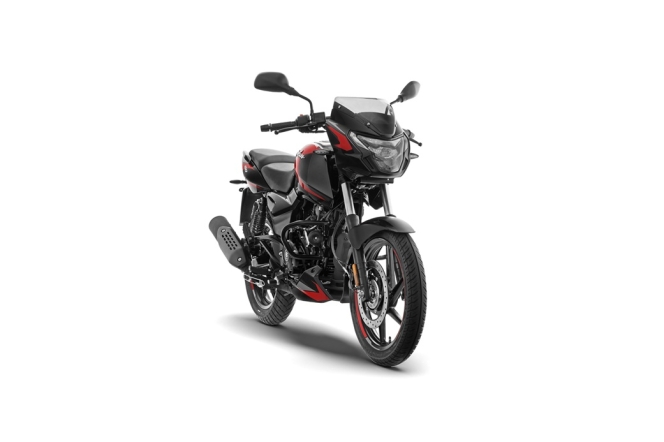
Bajaj Auto, one of the leading two-wheeler and three-wheeler manufacturers, has updated its popular Pulsar 150 motorcycle range. The updates include the introduction of LED headlamps and LED blinkers to the model, which the company states is intended to improve visibility and usability while maintaining the vehicle's design identity.
The updated range is available at the following ex-showroom Delhi prices – Pulsar 150 SD at INR 108,772, Pulsar 150 SD UG at INR 111,669 and Pulsar 150 TD UG at INR 115,481.
The motorcycle retains its frame and stance, though Bajaj has introduced new colour options and graphics. The Pulsar 150 continues to utilise DTS-i (Digital Twin Spark-ignition) technology, which uses two spark plugs to ignite the air-fuel mixture in the combustion chamber, intended to improve combustion efficiency and power output.
The update focuses on integrating modern lighting components into the existing platform, which originally established the sports motorcycling segment in India.
Sarang Kanade, President, Motorcycle Business Unit, Bajaj Auto, said, “The Pulsar 150 has defined performance motorcycling for generations. With this update, we have preserved its classic character while thoughtfully adding modern LED lighting, ensuring the Pulsar 150 remains relevant, recognisable and Definitely Daring.”
Suzuki Motorcycle India Conducts Access Mileage Contest In Palwal
- By MT Bureau
- December 24, 2025
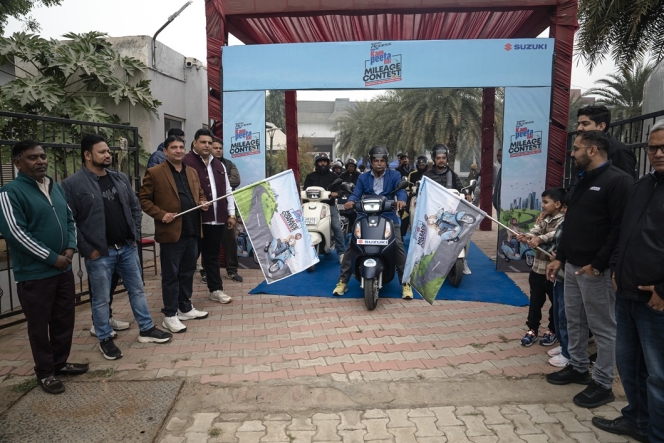
Suzuki Motorcycle India (SMIPL), the subsidiary of Suzuki Motor Corporation, Japan, held a mileage contest for the Suzuki Access scooter in Palwal. The event involved 35 participants, including current owners and prospective buyers, to test the fuel efficiency of the scooter under city driving conditions.
The initiative is part of the brand’s ‘Pickup Bhi, Mileage Bhi’ strategy, which focuses on balancing engine performance with fuel economy and build quality.
The event was organised in partnership with RV Suzuki in Palwal. The participants, all of whom had purchased their scooters within the last year, followed a specific testing protocol: a designated 20-kilometre circuit on city roads, scooters were operated on a full tank, then refilled at the end of the journey to calculate the exact fuel consumed. Potential customers were provided with test rides and the opportunity to interview existing owners regarding reliability and comfort.
Deepak Mutreja, Vice-President, Sales & Marketing, Suzuki Motorcycle India, said, “The Suzuki Access Mileage Contest places a strong focus on fuel efficiency, bringing our brand promise of ‘Pickup Bhi, Mileage Bhi, Shandar Quality Ke Sath’ to life. By riding on city roads, participants experience the scooter’s real-world mileage. Along with mileage, customers also get to experience the quality and reliability that have made the Access a trusted choice of over 6 million customers. We appreciate the participation from customers in Palwal. We will continue to extend such on-ground initiatives to more cities across India, allowing customers to connect closely with out two-wheelers and witness their performance firsthand.”
The company intends to expand these on-ground initiatives to additional cities across India to demonstrate the performance of its two-wheeler portfolio in local environments.
Ola Electric Launches Hyperservice Centres With Same-Day Service Guarantee
- By MT Bureau
- December 23, 2025
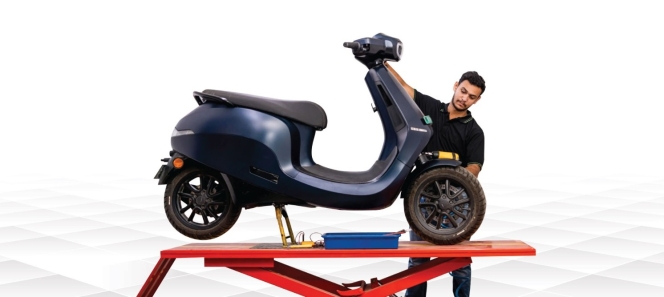
Bengaluru-based electric vehicle maker Ola Electric has expanded its Hyperservice initiative by launching dedicated centres that offer a same-day service guarantee for eligible customers at no extra cost. The company will upgrade its existing service infrastructure into Hyperservice Centres, beginning with a facility in Indiranagar, Bengaluru.
The expansion is intended to reduce service lead times and increase transparency through a digital workflow.
The Hyperservice Centres include several facilities for customers and technical upgrades for vehicle maintenance. The waiting area includes a lounge and Wi-Fi connectivity for customers. Real-time visibility of the servicing stages is provided via the Ola Electric app. Going forward, the company plans to upgrade selected centres across India in the coming weeks.
Ola Electric has also transitioned Hyperservice into an open platform. This move makes the company’s spare parts, diagnostic tools, and training modules available to independent garages, mechanics, and fleet operators.
Under this model, parts can be purchased directly through the Ola Electric app or website. This is intended to allow garages and customers to access components without the use of intermediaries.
“As part of the ongoing service upgrade we are reimagining many of the fundamental aspects of the service experience. We see it as a core part of Ola ownership, and it needs the same level of innovation as the product itself. With Hyperservice Centres, we are setting a new benchmark – same-day service guarantee. At no extra cost for any customer. This is about using technology, process redesign and scale to remove friction and give every Ola customer a faster, simpler and more transparent service experience,” said the company in a statement.
The company has rolled out an in-app service appointment feature nationwide. The tool allows users to select service slots, track the status of their vehicle, and manage maintenance requirements within the unified platform to replace traditional booking methods.
Hajime Aota Appointed Chairman Of Yamaha Motor India Group
- By MT Bureau
- December 23, 2025
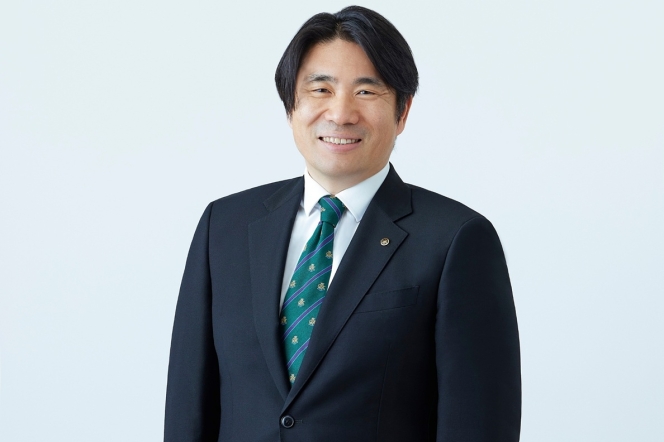
India Yamaha Motor, one of the leading two-wheeler manufacturers in the country, has announced the appointment of Hajime Aota as the Chairman of Yamaha Motor India Group, effective from 1 January 2026. He is set to succeed Itaru Otani, who held the position since November 2024.
The appointment comes as Yamaha continues its focus on the premium segment and digital integration within the Indian two-wheeler market.
Aota joins the Indian operations with experience in corporate strategy, planning and venture business development. He has held leadership roles in Japan, the United States and the United Kingdom.
Prior to this role, Aota served as Executive Officer at Yamaha Motor Co, and Chief General Manager of the Corporate Strategy Centre at the global headquarters in Japan. In these positions, he managed corporate strategy, sustainability and digital transformation.
He has also worked as Chairperson of Yamaha Motor Ventures & Laboratory Silicon Valley (YMVSV) overseeing investments in robotics, transportation, fintech and health technologies. He has also contributed towards Yamaha Motor Group’s long-term growth strategy.
Aota is a graduate of Keio University and holds a qualification from the Program for Leadership Development at Harvard Business School.
Hajime Aota, said, “I am very excited to begin my journey in India, one of the world’s most dynamic and diverse two-wheeler markets. The rapidly evolving aspirations of Indian consumers, especially the youth, align strongly with Yamaha’s focus on premium products, innovation, and a customer-centric approach. Leading Yamaha in India is a significant responsibility, and my focus is on strengthening the brand by delivering products that seamlessly combine Yamaha’s global engineering excellence with the evolving needs of Indian riders. I look forward to working closely with our teams and partners to drive sustainable growth and reinforce Yamaha’s presence in this important market.”


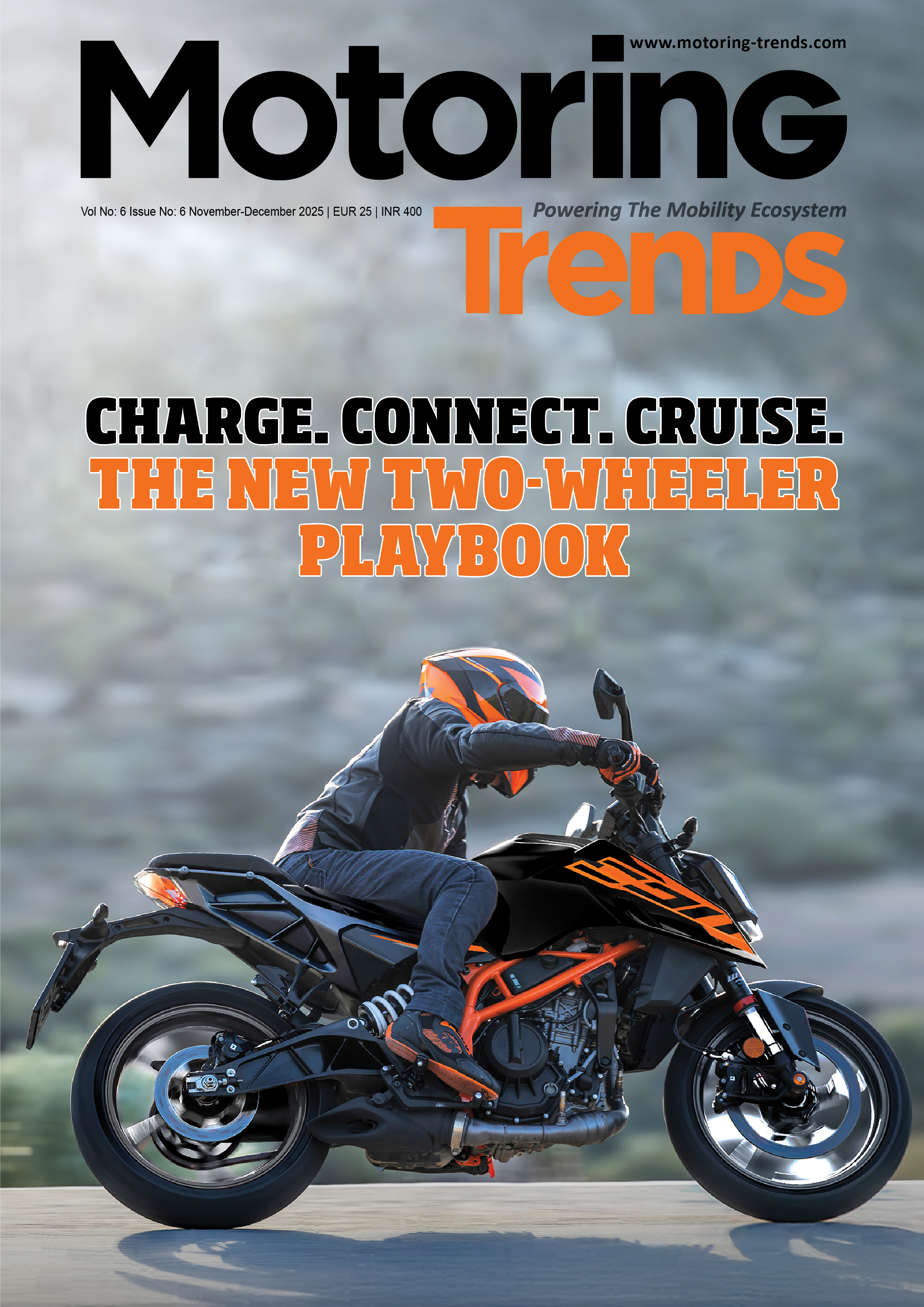
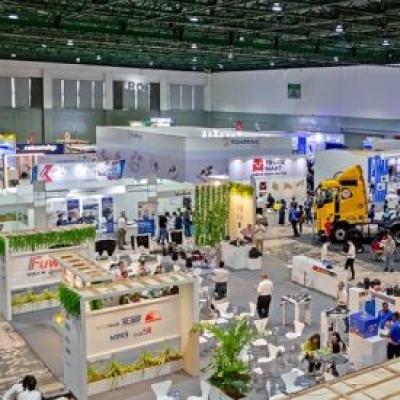


Comments (0)
ADD COMMENT